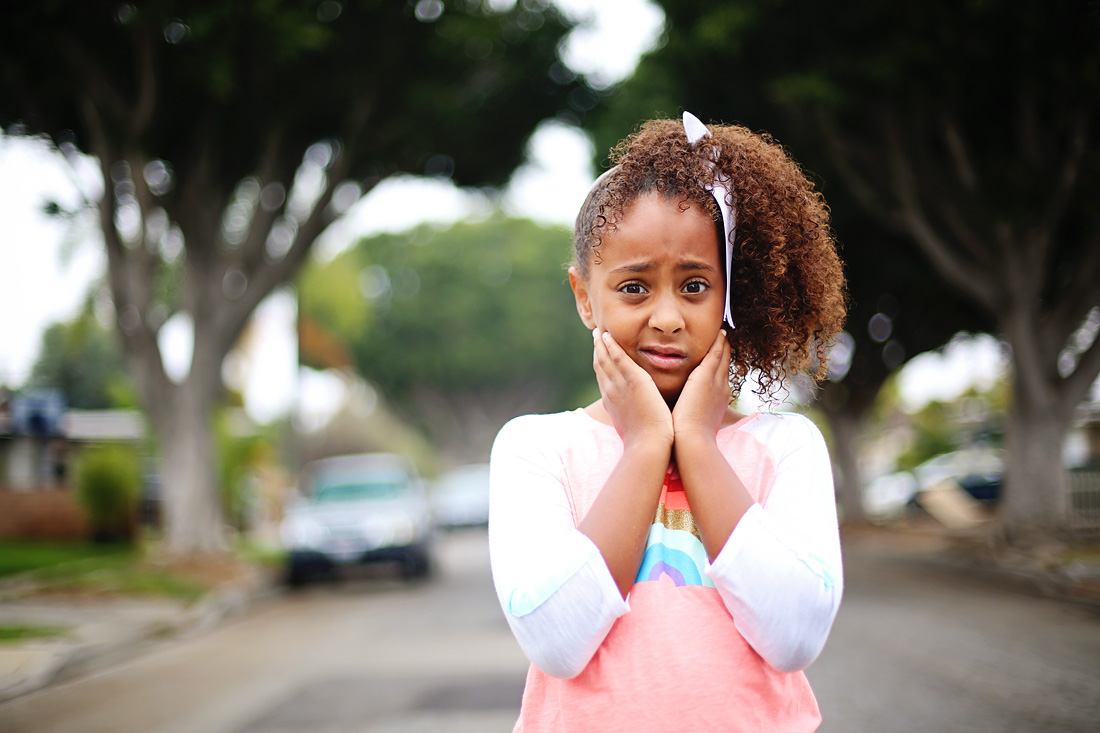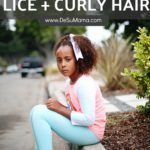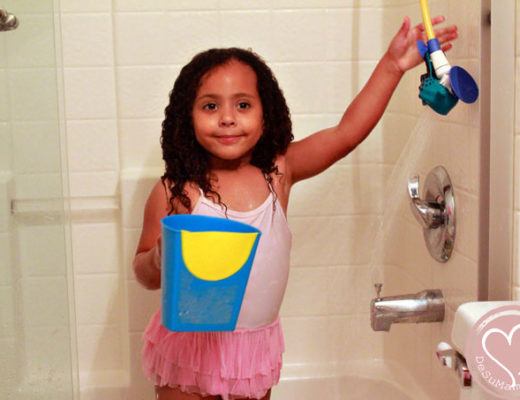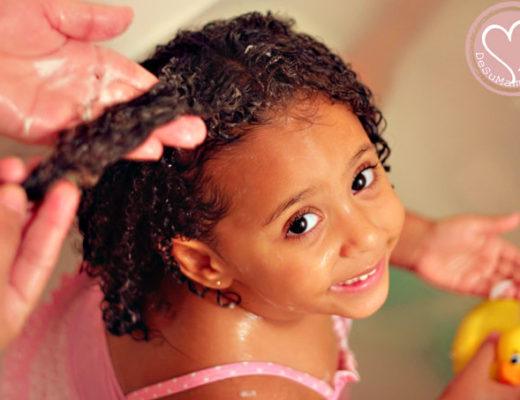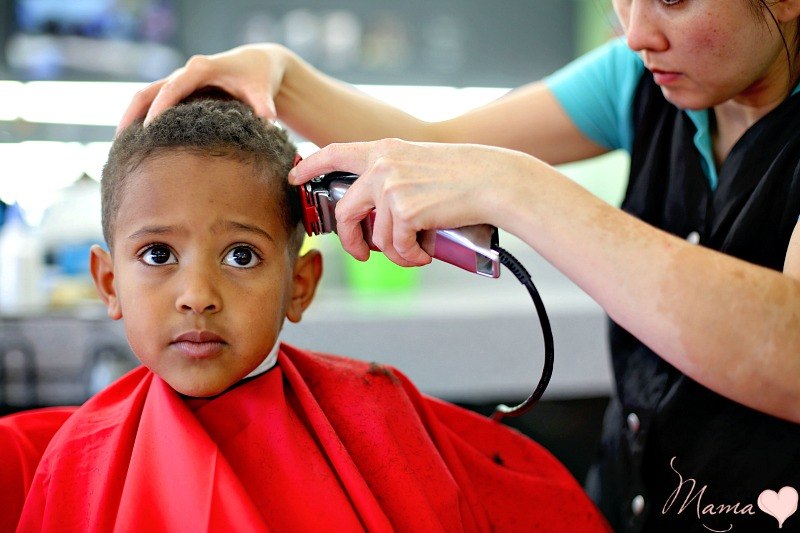Halfway through the school year, I received a notice stating there were kids with lice in our Kindergarten class. Parents were encouraged to do a head check for nit infestation. Say what?! Learning how to get rid of lice in thick curly hair sounds overwhelming, but the idea of lice laying eggs on my baby’s scalp made me freak out. Lice in kids hair have been a longtime struggle for moms but it was new to me. I finally called my husband and was shocked when he responded with, “Don’t worry babe, black people can’t get lice. Everyone knows that black people with lice don’t exist.”
I had never heard this! Can black kids get lice from their classmates or were we safe from these nasty nits?
Can Black People Get Lice?
My husband seemed certain our kids would be spared, but I decided to research African Americans and lice to be safe. Sensing there might be a wive’s tale at play, I decided to figure out the answer to “can African Americans get lice”. What I learned is that my husband wasn’t all the way correct.
Do black people get lice? Yes! And if you’re wondering can mixed people get lice, the answer is yes again. Lice doesn’t discriminate! However, it’s also true that lice in black people’s hair is less common due to our curly textures, oil-based hair products, and common hairstyles (which sometimes uses heat, like straightening)… all factors that contribute to the idea that lice in African American hair is a myth. In reality, head lice in afro hair is a reality we need to be ready to combat.
Black People CAN Get Lice!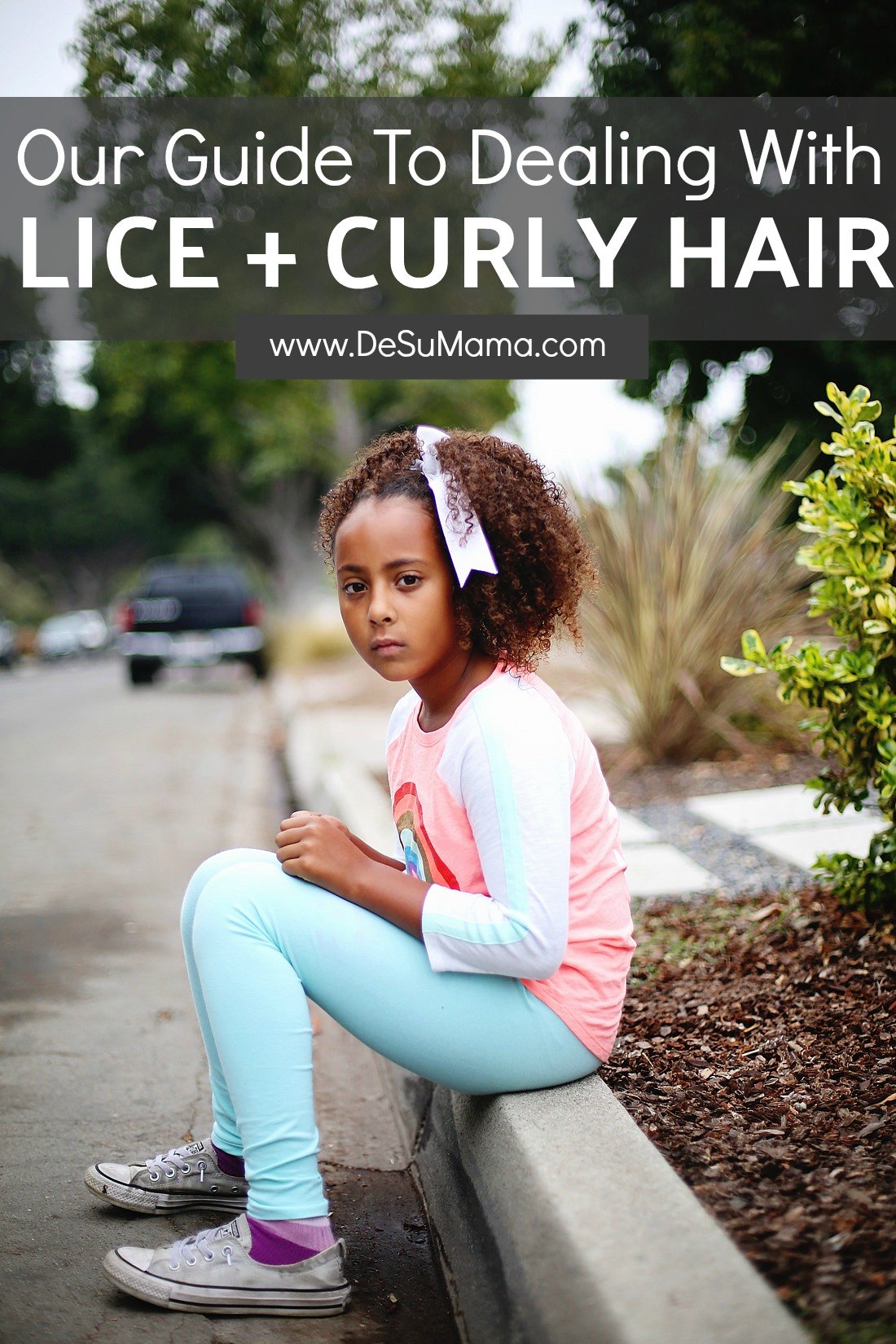
How Do Lice Get In Your Hair?
It’s pretty fascinating to learn how these bugs have been around for thousands of years (even found preserved on mummies!), but I’m more concerned with how do lice get in your hair TODAY! How do children get lice? And why do people get lice? Basically, how to get lice is as simple as coming in contact with people with lice. That’s it! It’s a myth that you have bad personal hygiene if you get lice.
Although schools combat it a lot because of how kids play and interact in close proximities, be aware that adults get lice too. Usually by sharing hair brushes or pillowcases, getting lice in hair is possible for anyone! Lice don’t fly or jump – thank goodness – but they crawl super fast and can firmly attach to hair shafts. They like dark, warm environments, which is why you’ll find them closer to the scalp. They live for up to 36 hours when not attached to a host, such as in a brush, pillow covers or hair bonnets.
The question of what kind of hair lice like is also common. Lice like dry, clean hair that have less oil. Can lice live in short hair? Absolutely. But those with short hair (like this short boy haircut my son rocks) have less hair for them to attach onto to. Long hair is more prone simply because there is more of it for the bug to get on.
Head Lice Pictures
No, I’m not gonna post images of lice! Head lice pictures are about the last thing I want to see BUT we gotta understand what we’re dealing with here. I had no idea what to look for when checking for lice, so I googled a lice image and, ugh, so gross. You can thank me later for doing the dirty work, but check the link below for pictures of lice in hair, photos of lice in varying life cycles and even photos of nits, lice egg on hair strands.
Lice + Nits Pictures on LiceFree.com
What do Black Lice Look Like?
Lice look like small, wingless bugs with three legs for fast crawling and are about the size of a sesame seed. They vary in color from clear or white to black lice, making it more difficult to spot in dark hair. Lice eggs are called nits. They’re oval shaped and attach to the hair shaft with a glue-like substance that makes it very difficult to dislodge, unlike dandruff or flakiness.
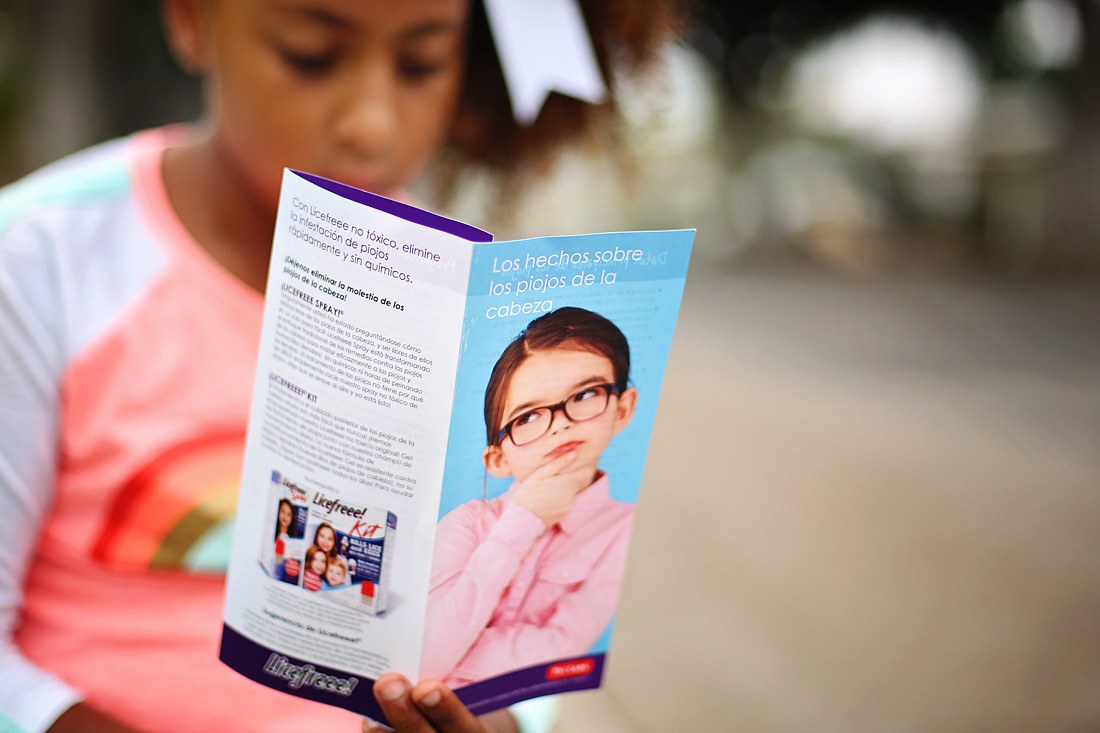 How to Treat Lice in Curly Hair
How to Treat Lice in Curly Hair
Now that we’ve learned a bit about this annoying pest, let’s get to treating lice in African American hair. How to kill lice in our textured hair isn’t much different than straight hair, but there are important considerations – especially with tender headed kids! Treating lice naturally is the best way. There are several lice shampoos and lotions that do not contain pesticides and instead utilize dimethicone, a silicone-based material that works by coating the lice. Additionally, products using pesticides are also on the market but I wouldn’t recommend them on use for kids.
The best way to get rid of lice is with this LiceFree! spray, in my opinion. It kills lice naturally, including lice eggs (nits), using a homeopathic solution containing sodium chloride (salt). Fast and easy to use, the spray starts to kill head lice and nits on contact. After pretty much drenching the hair, allow the spray to dry naturally. The instructions will state that rinsing or washing is not needed, but you will want to drench your curly hair before using the very fine nit comb. But pretty much once the hair has dried completely after treatment, you can get back to your regular hair routine! Be sure to read instructions thoroughly, of course.
Hair Lice Treatment for Black Hair
Here are a few tips on how to treat lice with over the counter hair lice treatments:
- Section the hair and go slow: think of it as a conditioning treatment and make sure the selected product coats every single strand from root to end. To be effective, the product has to come in full contact with all head lice. I recommend parting into very small sections and finger detangling first before begin to saturate the hair with the treatment.
- Lice like to hang out at the nape of the neck and behind the ears!
- You can check yourself for lice, but applying the treatment is really a two person job. You’ll need help making sure the back of your head is completely treated.
- Lice are awful for dreads! Unfortunately, everything I’ve read says that dreads would need to be cut off because lice would burrow themselves into the dread making remedies ineffective.
- The NIT COMB is included in the package linked above. While the spray treatment will effectively KILL lice and eggs, they will still be on your hair and scalp without using the comb. The instructions say to use the nit comb once the spray has completely dried, but do NOT do that! Instead, once the product has dried, wet the sectioned hair again using a spray bottle of water or a spray conditioner… then use the nit comb to remove those nasty nits.
Leaving lice and nits in the hair is a no, but destroying our curls by ripping and pulling through the metal-toothed nit comb is not an option either. We want to prevent hair breakage. No dry nit combing!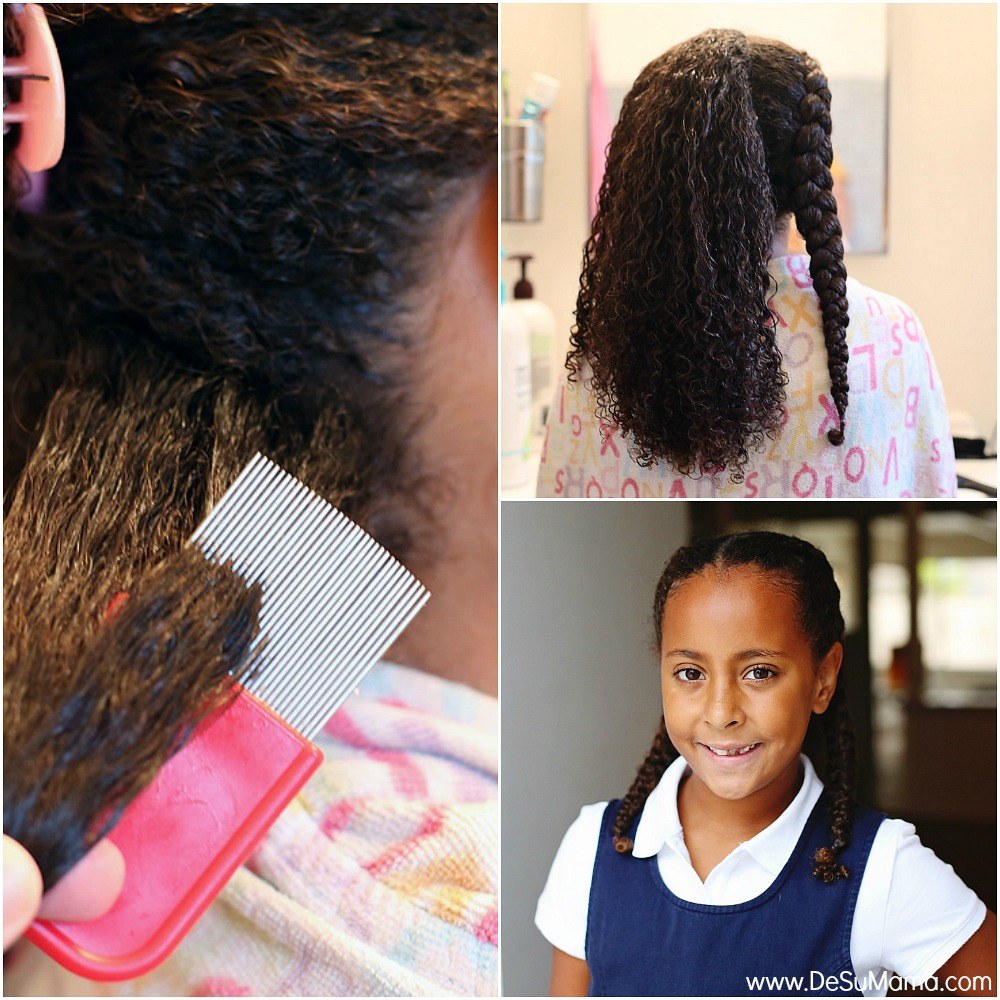 Head Lice Prevention
Head Lice Prevention
Luckily for us, and despite many lice scares at our school, neither of my kids have had head lice. If my son did, I would just chop his hair off. But my daughter has a full head of beautiful, thick type 3c curls… lice would be a mega problem! So instead, we take lots of preventable measures to avoid lice…. and breakage! What we do is:
- Keep hair braided for school. This keeps her hair mostly free of tangles. Having her hair out would also bring a higher risk of infestation. If there’s an outbreak in her class, we make sure the braids aren’t even touching her shirt.
- Apply hair oil to the scalp and all around her hairline. The oil makes it difficult for the suckers to latch on. Some people use tea tree oil, but I find the oil to be too drying for my daughter’s hair. We just use whatever hair oil or hair grease we have on hand and make sure to use plenty of it.
- Blow Dryer method to kill lice. In the event that a close friend of her has lice (and its happened), we blow dry her hair which has been said to kill lice on contact. We only had to do this once and, although I didn’t see any, I figured it was better to be safe than sorry.

